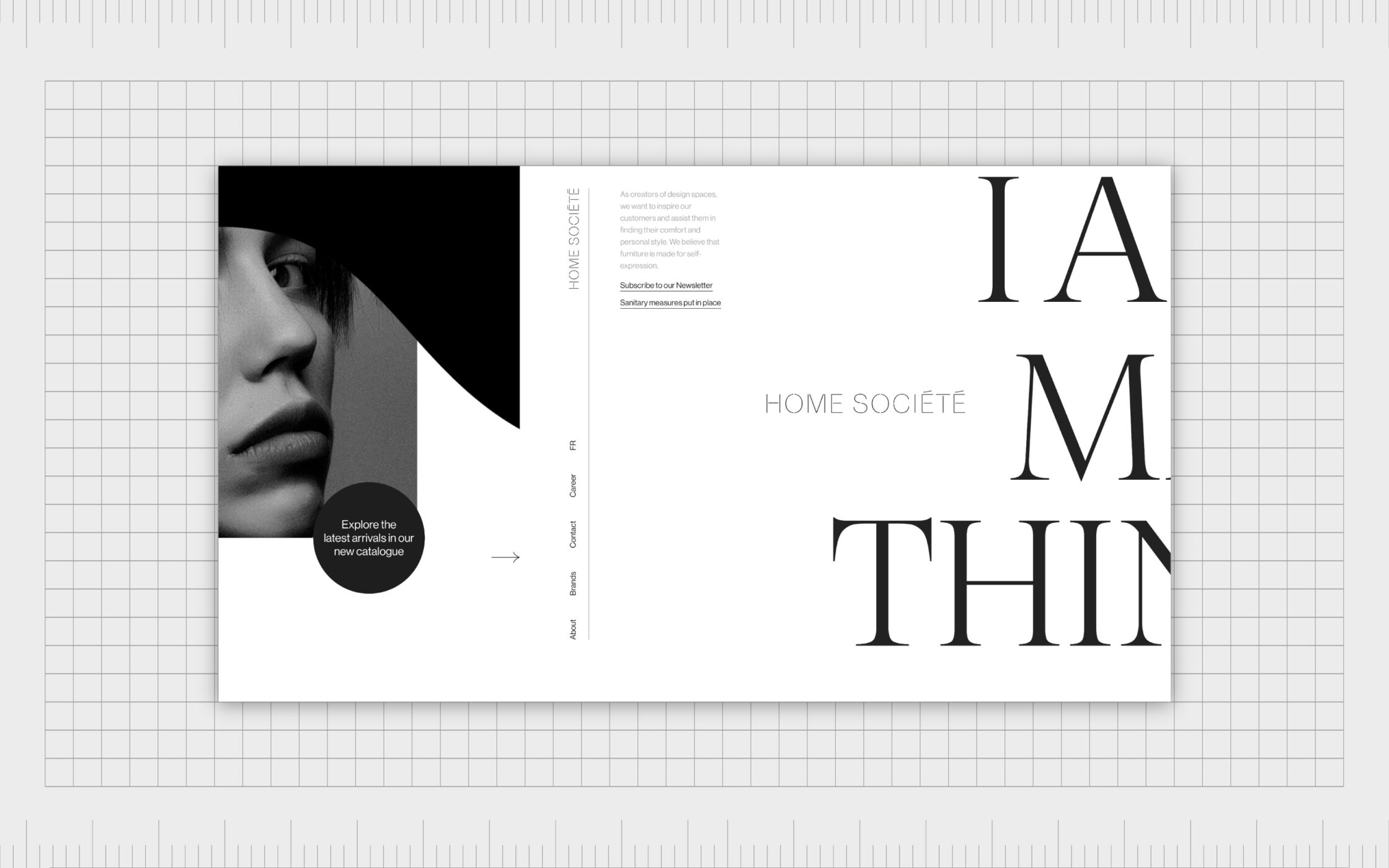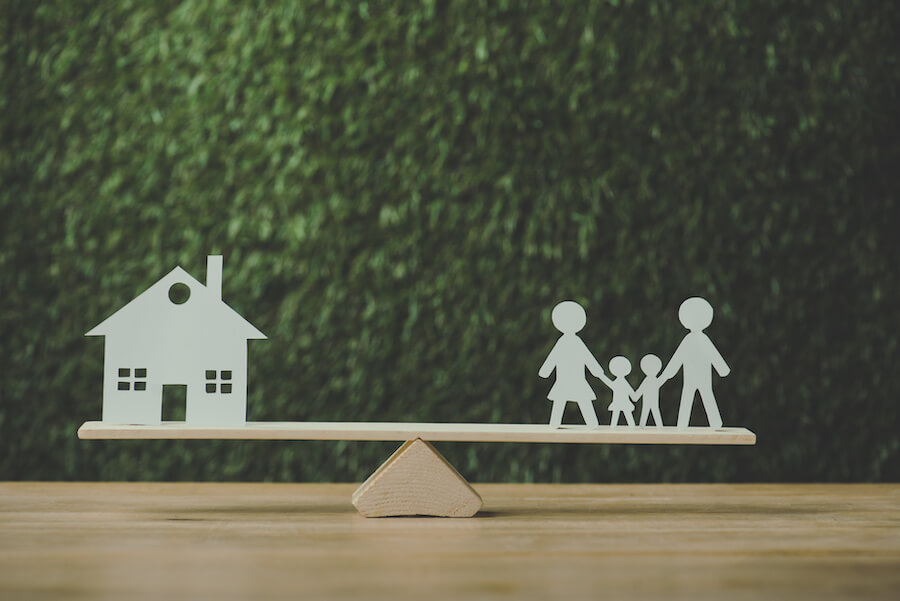The Importance of Balance in Graphic Design Ultimate Guide
Table Of Content

It’s counterbalanced by text and the circular logo in the upper left. Both provide a relatively equal amount of visual weight acting on the grid in opposite directions. Unpredictable patterns are created, and overall you have more freedom of expression with asymmetry than with symmetry. Asymmetry creates more complex relationships between elements, and so it tends to be more interesting than symmetry.
The 4 Types of Balance in Art and Design
An off-balance effect, also known as discordant balance, is achieved when a design or image has visual appeal without balance. In a balanced design, elements of different visual weights are strategically arranged such that every element has a role to play. Instead of trying to work individually, these elements all work as a whole to attain the ultimate goal of the design. There’s no one right way to communicate that two elements are similar or different, for example.
Asymmetrical
In this way, the graphic elements balance each other, with the larger element owning less visual weight when placed as if “floating” above the smaller element. If you ever looked at an image and thought something felt a little “off,” but couldn’t quite define why, it’s likely that poor consideration of balance is a factor. Similarly, an image that’s pleasant to look at will likely use one of four types of balance—symmetrical, asymmetrical, radial, or crystallographic—to produce a professional result.
A Brief Guide to Balance — A Design Principle
The railing on the left provides a strong connection with the left edge of the screen. It’s hard to imagine any design element on the page throwing either out of balance. The home page of Carrie Voldengen’s portfolio exhibits an overall asymmetrical balance around a dominant symmetrical form. Looking at the overall composition, I see several discrete shapes. Mosaic balance (or crystallographic balance) results from balanced chaos. The composition lacks distinct focal points, and the elements share a uniform emphasis.
Sports craftsmanship arrives with Tokyo Design Studio and New Balance - HIGHXTAR
Sports craftsmanship arrives with Tokyo Design Studio and New Balance.
Posted: Thu, 16 Nov 2023 08:00:00 GMT [source]
Airports and layovers don't have to be unproductive when you have access to airport lounges. Between flights, I will find a quiet place with fast and secure internet access and available electrical outlets. Working in various time zones can be productive both professionally and personally. Depending on the location, I can have free time in the morning to explore and then conduct work in the evenings.


If you retain similar elements on all sides of the axes then the design is said to have symmetrical balance. Bear in mind, though, that too much symmetry can feel rigid and boring. It's like eating the same meal every day—you might like it initially, but over time, it could become monotonous. Add a touch of asymmetry or play around with other principles of design to keep things interesting.
You might expect mosaic balance to be the least used online, especially after I offered Jackson Pollack paintings as an example of mosaic balance. Opera’s Shiny Demos home page isn’t circular, but the text links all seem to emanate from a common or near common center. It’s easy to imagine the whole shape spinning around one of the squares in the middle or maybe one of the corners where four squares meet. What you can’t see in the screenshot is how the page loads.
Explore Scale and Size
One of the easiest ways to create balance is through symmetry. Think of a perfectly mirrored image, where the left and right side are identical. This type of balance is simple, clean, and can create a sense of calm and stability. Some of the world's most famous logos, like McDonald's and Apple, use symmetry to their advantage. To make a design really stand out, designers might find it easier to use textures.
The latter is sometimes considered to be one of the most satisfying solutions. When in doubt, always mix up the size and shape of decorative objects. The more angular, large-scale artwork and mirror paired with the more slender vases and candlesticks creates a visually balanced display — even if the items are totally different. Notice how the positions of these elements are different in both designs.
Another type of balance is asymmetrical, which means having balance without symmetry. This is the opposite of symmetrical balance and is also known as informal balance. The Hubspot website effectively shows this through the use of illustration and text. The larger the size of the elements, the heavier their visual weight will be. Increase and decrease the size of elements in the composition to achieve balance. Everything in his paintings seems chaotic, but this chaos creates a sense of harmony.
For example, the famous World Wide Fund for Nature (WWF) logo makes use of the confusion between positive shape and negative space to create the image of a panda. Design principles are crucial as they provide a foundation for creating compelling, organized, and impactful visuals. They guide how elements interact, ensuring consistency, proximity, and visual hierarchy, as highlighted in this video with Frank Spillers, CEO of Experience Dynamics. Designers use principles such as visibility, findability and learnability to address basic human behaviors. Using asymmetrical balance can help achieve a sense of variety, movement, rhythm and visual interest in a piece. Another technique, which relates to the use of geometric compositions is the use of spatial dividers.
Visual design balance is a fundamental principle that determines how elements in a design relate to each other. This relationship creates a sense of order, harmony, and cohesion, making the design pleasing to the eye. When you master the art of composition, you'll find that balance is like the invisible glue that holds a design together.
This is how asymmetry can be used in art to bring balance in designs you want to create, without conforming to the somewhat boring symmetry we often see around us. There are a number of ways you can incorporate balance within your design, with the easiest and most common way being the tweaking of the design layout. The position of elements on the page determines how balanced the page appears. One big challenge to achieving visual balance in web design is the fold.
If anything, the chaos is weightier on the right, but not to the point of throwing off the balance. The smaller circle in the upper right adds a little translation symmetry and some asymmetry, increasing visual interest in the composition. The distance to an imagined fulcrum is about the same as the weights. The text on the right is larger and darker overall, but the blue circular logo gives more weight to its general area. The circle even connects to the top-left corner of the grid through a single color.
Comments
Post a Comment